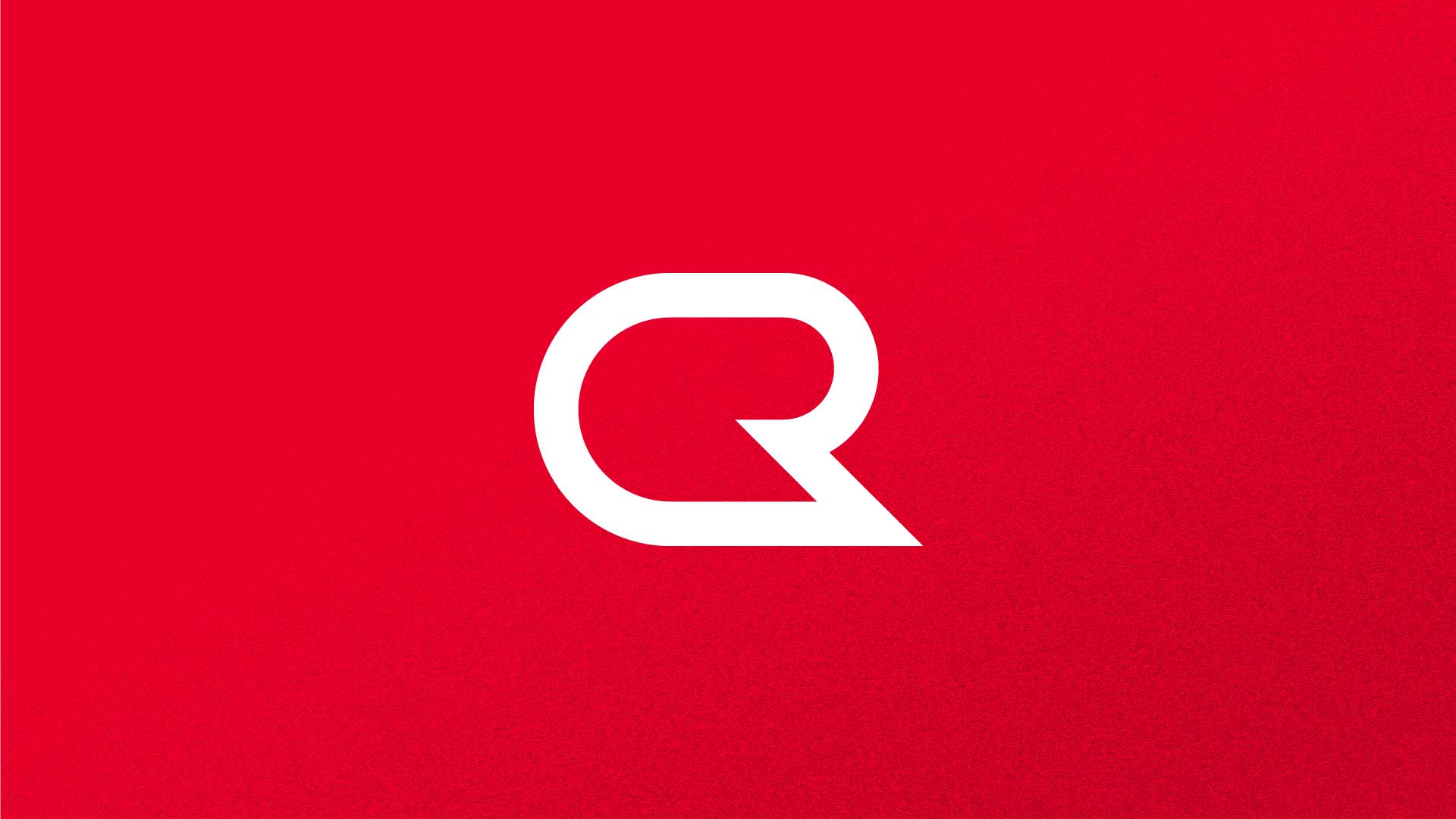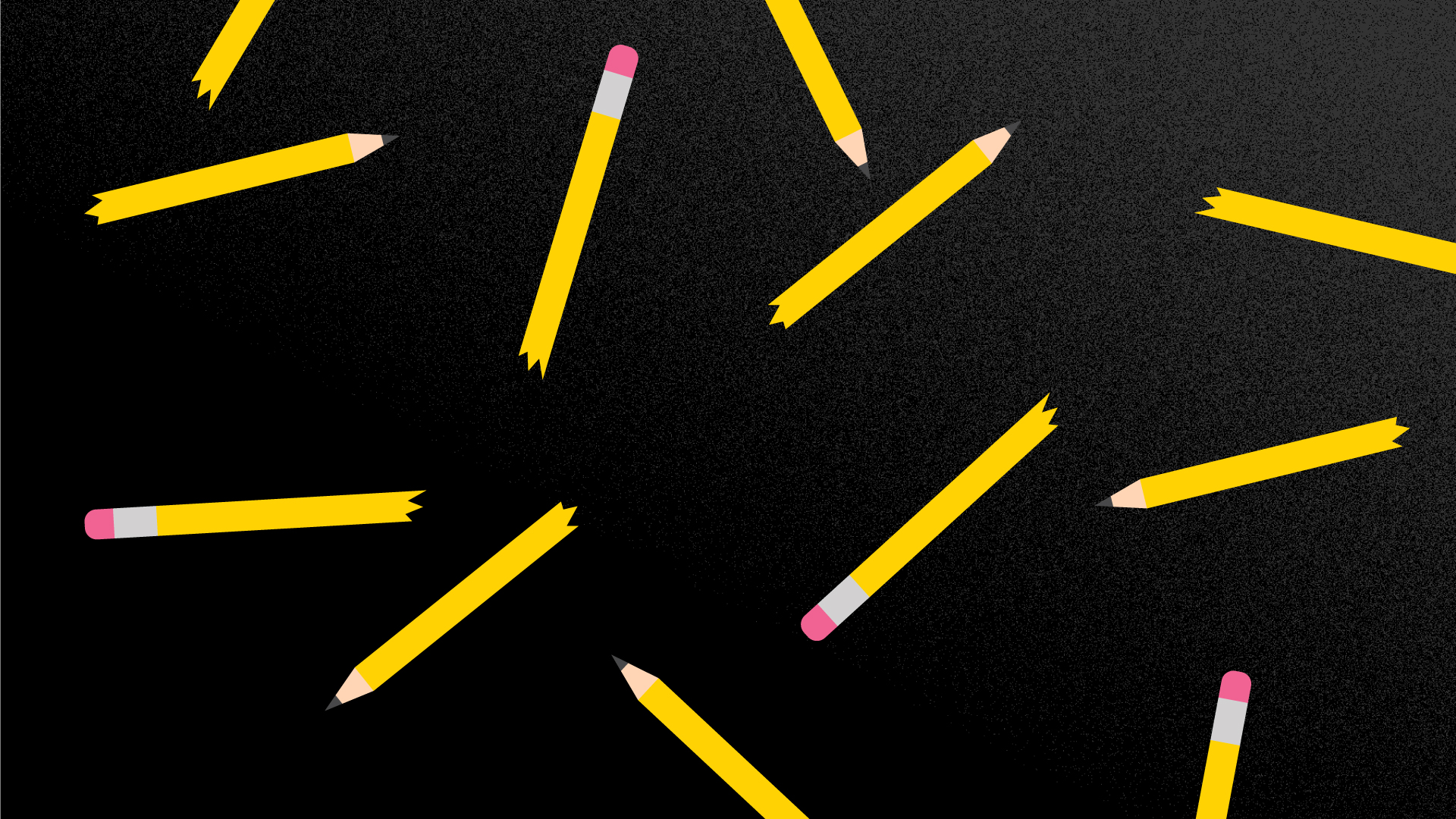
Consistency breeds familiarity. Familiarity breeds confidence. Confidence breeds trust. And trust is at the core of any strong brand.
Despite that proven mantra, it’s always interesting to watch brands with vastly recognizable corporate identities bravely opt for a complete redesign. Just a few weeks ago, USA Today – the second largest newspaper in the United States – dumped their thirty-year old masthead in favor of a very innovative, but completely different visual system. That’s a risky move when 5 million people read and rely upon your publication every day.
In many cases, a decision like this is well received and elevates a brand to a whole new level. For example, in 1994, Federal Express shortened its name to FedEx and introduced their famous “hidden arrow” logo – now a globally recognizable brand, often praised as one of the greatest logos ever created.
In other cases, it’s not so well received. Two years ago, Gap’s ill-fated logo redesign received such a massive social media backlash that they were forced to revert back to their original design.
Among the good, the bad and the ugly redesigns, I can’t help but admire brands that have been able to create seemingly immortal corporate identities – logos which have confidently stood the test of time for decades and even centuries.
Here is a look at some of the world’s oldest, most durable brand identities:
Coca Cola – arguably the most recognized brand in the world – has never strayed far from its original Spencerian script. The famous logo was designed by John Pemberton’s bookkeeper, Frank Mason Robinson, in 1885. Meanwhile, Pepsi seems to suffer from an identity crisis every 5 to 10 years.
Arm & Hammer – an American manufacturer of various household products – has been proudly stamping the same logo on their products since the 1860s. According to the company, the logo represents Vulcan, the Roman god of fire and metalworking.
One of my personal favorite brands, Guinness – adopted the Harp of Brian Boru as its trademark in 1862. The harp has been a symbol of Ireland since the reign of Henry VIII in the 16th century. The original harp, possibly dating back as far as the 14th century, can still be seen on display at Trinity College in Dublin. Today, Guinness is one of the most successful beer brands worldwide.
Tiffany’s robin egg blue, while not a logo per se, is a protected trademark and was first used on the cover of Tiffany’s Blue Book – first published in 1845. Their famous blue hue is actually a private color, custom mixed by Pantone, with PMS number 1837 – the number deriving from the year of Tiffany’s foundation.
The General Electric Company – more commonly known, simply, as GE – has barely touched their Art Nouveau emblem, which was originally designed by Emmanuel Orazi in 1890. Today, Business Week consistently ranks GE in the Top 10 most valuable brands in the world.
As far as car companies go, Ford holds the oldest logo still in use. While the shape around the word “Ford” has been modified throughout the years, its original script looks virtually the same as it did in 1909. Childe H. Wills, who was Henry Ford’s chief engineer and designer for the Model T, originally created the script for his personal business card, only to have it become one of the most recognized automobile logos in the world.
So, who has the oldest logo in the world?
One could argue that various religious symbols, like the Christian cross, are among the oldest “logos” in the world.
However, the oldest “corporate identity” logo belongs to Twinings of London – a British tea company who has proudly displayed the same logo mark over their front door since 1787. Twinings holds the official record for the oldest continually-used company logo in the world.
However, Bass Brewing Company, and their iconic red triangle, claims the first officially trademarked logo in the world, and holds “trademark number 1” in the UK’s Trademark Registration Act of 1875.
While logos can be truly iconic, it’s always important to remember that a great logo never defines a great brand. Great brands are defined by a great story, and the emotion tied to them.


